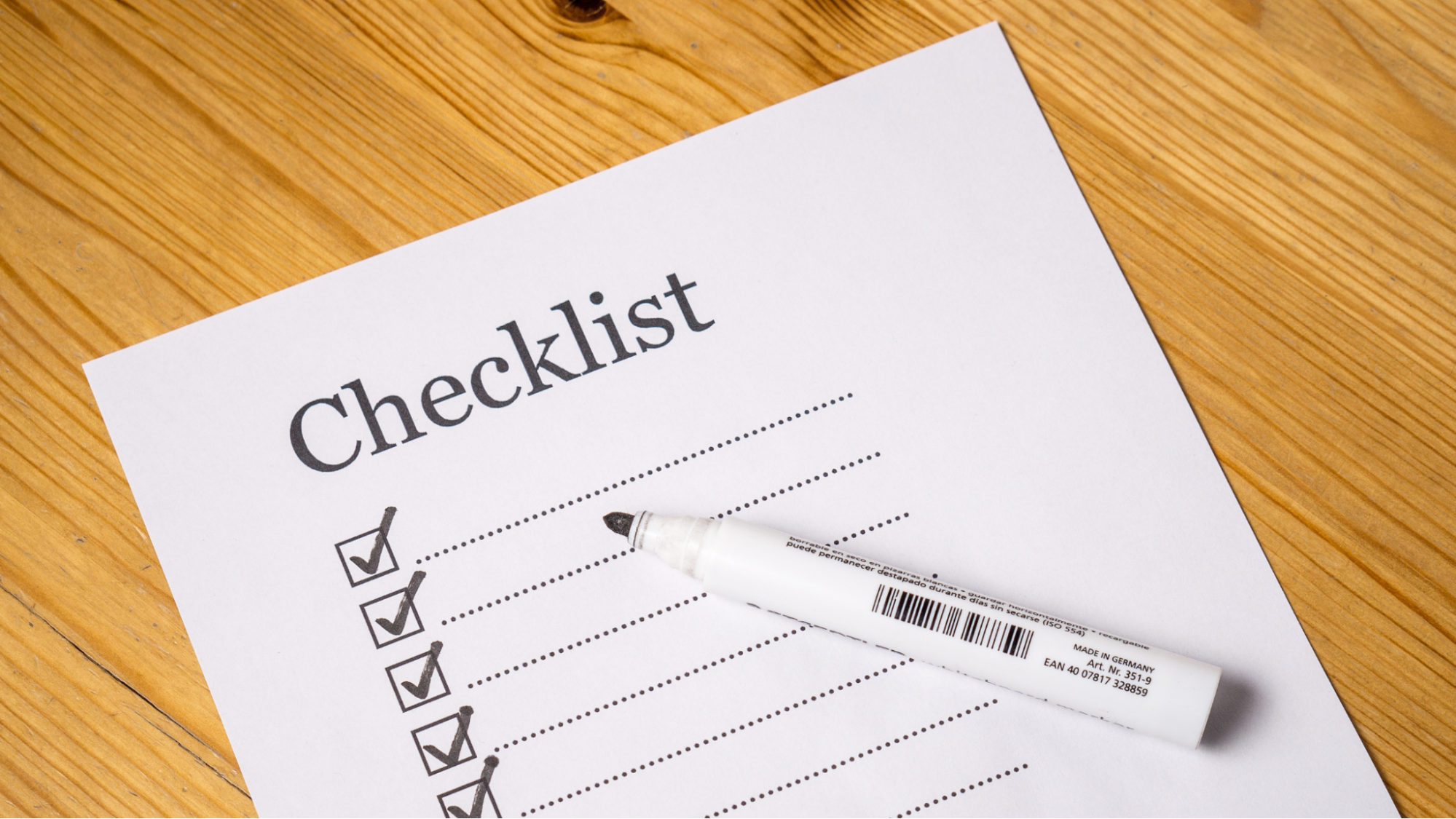To accurately value a business before buying, you need a mix of financial analysis, strategic thinking, and a clear understanding of the market.
So, you’ve spotted a business that sparks your interest, but now it’s time to dig into its true worth. Sure, the basics are there: cash flow, profit margins, and assets. Yet the deeper value often hides in things that don’t fit neatly in a spreadsheet—like the brand’s reputation, the loyalty of its customers, and the hidden power of its relationships.
All this isn’t quite simple. You are not just on a hunt for bargains; you are finding the heartbeat of the business. Overlooking hidden risks can be dangerous, and missing out on unseen potential can be just as costly. You need to get a feel for what lies beneath the surface—the story behind the numbers and the rhythm of the operations.
At Search4Businesses we are here to lead you through that journey of buying a business. We don’t just aim at selling you a business but we believe in transparency blending concrete data with a dash of instinct. We’ll pull apart the facts, then dig into the intangibles—the nuances that don’t show up on balance sheets. By the end, you’ll learn how to value a business as you’ll be armed with the clarity to move forward, seeing the business not just as it appears, but as it truly is.
Key Factors That Determine How to Value a Business

Understanding what can value a business goes beyond a simple checklist—it’s about the story behind the numbers. Three core elements shape business value: the circumstances of the sale, the balance of tangible versus intangible assets, and the number of years in operation.
Reasons Behind Selling the Business
Why a business is on the market changes everything. A desperate seller may rush to close, cutting corners on negotiations and settling for less. An owner looking for a quick exit—perhaps due to health or personal reasons—could let the value slide. On the flip side, a patient seller who takes time to negotiate can secure a much stronger price.
Tangible vs. Intangible Assets
Some businesses are stacked with hard assets—property, inventory, machinery. These are the easy parts to calculate, as they have a clear price tag. But what if the real gold is in the brand’s reputation, its loyal customers, or its unique know-how? These intangibles are slippery to pin down but might be worth far more than a pile of equipment. Here, a wise accountant can shed light on what numbers alone can’t reveal.
The Number of Years Business Has Been in Operation
Time tells tales. A long-standing business has weathered storms, built trust, and established loyal patrons. Be cautious of fresh ventures—bars, cafes, or trendy shops—that have only a year or two behind them. What’s hot now can cool fast, and you don’t want to get caught when the wave crashes.
The Different Methods to Value a Business
When you want to value a business remember that it isn’t an exact science but it’s about finding what someone’s willing to pay. There are different methods to nail down that number—each with its own quirks and insights. Let’s dive into some unconventional ways to value a business.

Asset Valuation
Start simple: add up what the business owns and subtract what it owes. This is the classic “what you see is what you get” approach. If a company has $500,000 worth of machinery and owes $50,000, you’re looking at an asset value of $450,000.
As a buyer, you might decide it’s best to scoop up just the assets without the baggage—leaving debts and taxes for the previous owner to handle. This works best if the business has tangible value on paper, but even then, the numbers might need some fine-tuning. That old equipment might not be worth what’s listed, and some debts are never getting paid.
Price Earnings (P/E) Ratio
For those who like formulas, the P/E ratio is a go-to. It’s all about dividing the business’s value by its after-tax profits. A P/E of 5 means you’re paying five times the annual profit. It sounds straightforward, but choosing the right P/E is a game of industry standards and gut feeling. Each sector has its norms, so check with your accountant for a sense of what makes sense.
Entry Cost Valuation
What if you could build the same business from scratch? That’s the thinking behind entry cost valuation. You estimate how much it would cost to replicate what’s already there—buying equipment, recruiting staff, building products, and growing a customer base. If it would take $500,000 for gear and $600,000 in overhead to get up and running, then buying a business already ticking along is worth at least $1.1 million. This method is all about opportunity cost, weighing what’s already in place against what you’d spend starting fresh.
Each method has its strengths, and the right choice depends on the kind of business you’re eyeing. Get creative, blend the data, and don’t forget—valuation is part numbers and part intuition.
Ways to Value a Business: Industry Shortcuts & Buyer Perspectives
In some industries, buying and selling businesses isn’t just routine; it’s practically a rite of passage. Over time, each sector has developed its own shorthand for assessing business value—often skipping over profit entirely and focusing on other factors. Here’s what that might look like:
For computer maintenance or mail-order businesses, it’s all about the total revenue shuffle.
In mobile phone airtime, buyers zoom in on the number of active customers, treating them like digital gold.
Real estate agencies? The more branches, the merrier.
Buyers ultimately set their own measure of what a business is worth to them. Imagine a hospital equipment maintenance company with 10,000 contracts but no profit. One buyer might shrug and walk away, while a larger competitor sees it as $100 per contract well spent—envisioning the bigger profits that come with merging forces.
This ‘rule of thumb’ thinking can help buyers make the right call on how they personally value a business, even when traditional profit metrics don’t fit.
Creative Assets and Intrigue: Unseen Factors That Value a Business

When it comes to pinpointing business value, some of the most potent assets can’t be pinned down on a spreadsheet. These intangibles shift from industry to industry, and their value hinges on context and buyer perspective.
If you’re looking to value a business and make it count, expert advice is a must. Reach out to your business advisors, Chamber of Commerce, or industry associations to get the scoop on how similar assets are valued. Here’s a look at some often-overlooked value drivers:
Rock-Solid Relationships
A business with exclusive distributor rights across Australia for a trending product instantly levels up in value. Why? Because key supplier or customer connections boost the potential for success.
Leadership Continuity
Stability matters. If the owner or essential team members plan to leave, the business may lose steam fast. For instance, an advertising agency’s worth can nosedive if the top creative talent walks. Similarly, when key salespeople exit, their client relationships might go with them. Agreements that keep these players onboard may enhance or complicate business value, especially if the buyer has fresh talent in mind.
Intellectual Property Ownership
Patents, copyrights, and trademarks are golden when you value a business. If a company holds a patented product, it can list at a higher price than one selling a comparable but unprotected product.
In high-transaction industries, buyers rely on these unconventional metrics to calculate business worth beyond profit alone. Imagine a computer maintenance company with 10,000 contracts but no profit. One buyer might see little worth, while a big competitor could pay $100 per contract, foreseeing profit by merging.
So, if you’re aiming to value a business right, remember: these “invisible assets” and their context can sometimes carry more weight than numbers on a ledger.
How Search4Businesses Helps in Valuing a Business
When you’re working to value a business, Search4Businesses helps you unlock the full picture. Our platform connects you with a wide range of buyers and highlights key aspects like customer reach, revenue trends, and even intangible assets like brand strength or loyal customers. For buyers, it’s a tool that brings context through industry comparisons and market insights, making business valuation feel insightful and straightforward.
Conclusion
Learning how to value a business before purchasing requires both precision and insight. By examining beyond the numbers—considering intangible assets, customer loyalty, and market position—you unlock the business’s true worth. Resources like Search4Businesses provide essential data and industry insights, helping you confidently assess a business’s full potential. With this balanced approach, you’re not just evaluating a current asset but investing in future opportunities.








